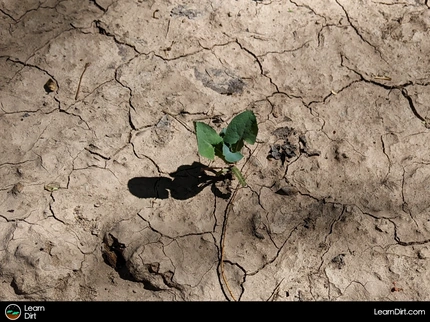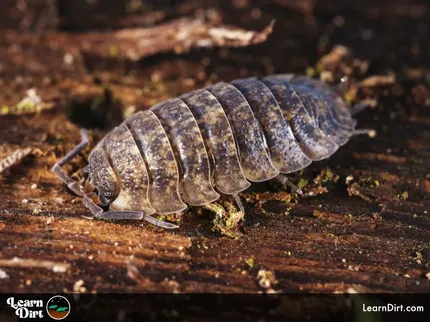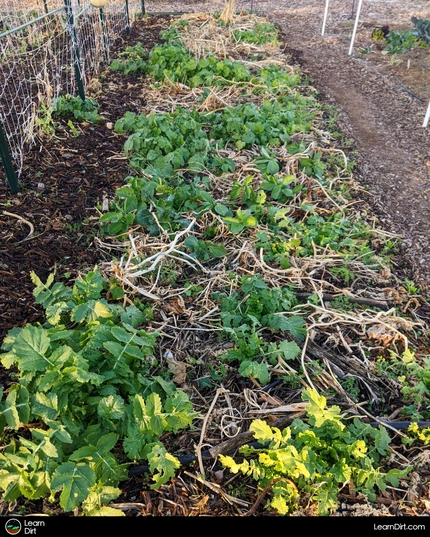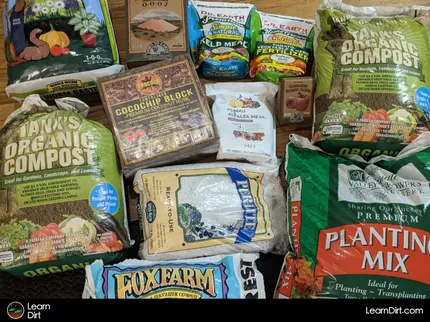Table of Contents
* Our articles never contain AI-generated slop *
Are plants intelligent? That's a question which has been asked again and again throughout the ages.
Today, modern science gives us new insight into the unique and interesting ways in which plants exhibit intelligence. Through gnosophysiology, the study of plant cognition, we're learning more and more about how plants commmunicate, remember, and even learn.
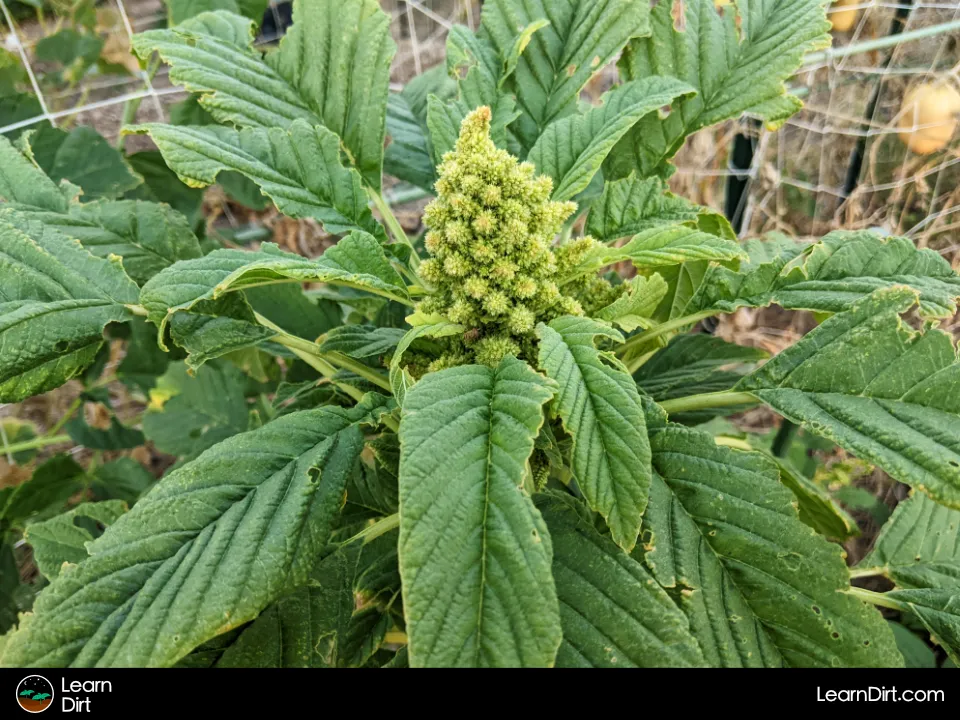
Can Plants Communicate?
We now know that plants can and do communicate with one another! This is especially true in trees, but it's true of many other plants as well.
Disclaimer: This post may contain affiliate links. Refer to the privacy policy for more information.
Mycorrhizal Network Communication
Plants exchange information through vast underground mycorrhizal networks, and are even able to exchange water and nutrients this way.
Incredibly, mycorrhizal fungi bridge the gap between roots of plants, in some cases connecting entire forests with complex webs of communication lines and nutrient transport systems.
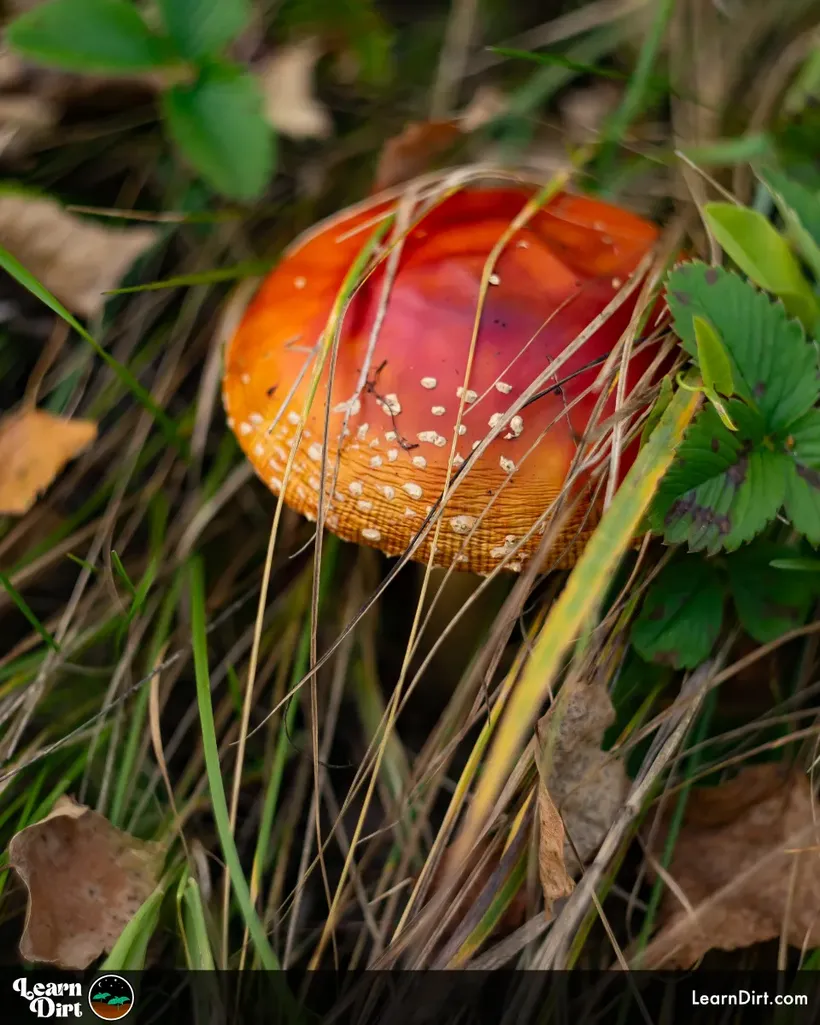
Volatile-Mediated Plant Communication
Some plants also communicate via chemicals they release into the air, which are picked up by other plants. This is known as plant-to-plant signalling or volatile-mediated plant communication, and happens through volatile organic compounds (VOCs).
[1] For example, acacia trees emit a chemical signal when they're eaten by grazing herbivores which alerts other nearby acacias to the grazers. This triggers the production of chemotoxins and toxic tannins in their leaves to deter herbivores.
That's not all, though! Plants don't just communicate with other plants and with fungi, but also with insects and animals. [4] Corn is a great example of this, releasing a pheromone when eaten by caterpillars which signals to parasitoid wasps that caterpillars are present.
In turn, the parasitic wasps show up to envenomate the caterpillars and deposit their eggs in the caterpillars. When the larvae hatch, they eat the caterpillars from the inside out, reducing their population and increasing the parasitoid wasp population.
Join The Grower's Community
Your space to connect, learn, and belong 🌱
Check It Out!
Do Plants Have Memory?
There's also evidence from a number of experiments which lend credibility to the idea that plants can display a memory. They can rapidly make memories and display their memory recall through learned response.
[2] Check out one experiment involving Mimosa pudica and it's interesting leaf-folding response here.
A lot of folks also say that tendrils on their climbers like peas and pole beans will remember the location of a fence or a pole.
If you if you manually bend them to touch it. I haven't seen this one in action yet, but at some point I'm going to set up a timelapse camera and see if a climber can find the next rung of the netting faster when "shown" where it is.
Can Plants Learn?
Plants can be conditioned and associate different stimuli. A few experiments have tried using two stimuli at once for a plant, and later using only one of the two stimuli. Plants would show a conditioned response associated with the other stimuli.
[3] Check out a study done on this plant conditioning here.
References
[1] https://www.newscientist.com/article/mg12717361-200-antelope-activate-the-acacias-alarm-system/
[3] https://www.nature.com/articles/srep38427
[4] https://www.sciencedaily.com/releases/1999/06/990622055654.htm
That's all for now, thanks for reading!
If you have any questions, comments, or would like to connect with fellow gardeners, head on over to the forum and post there.

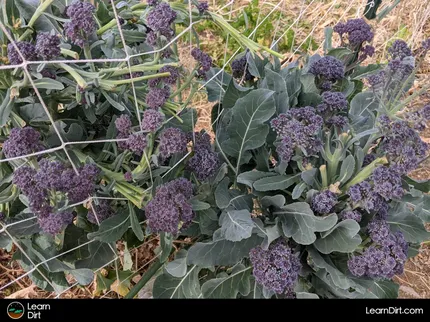
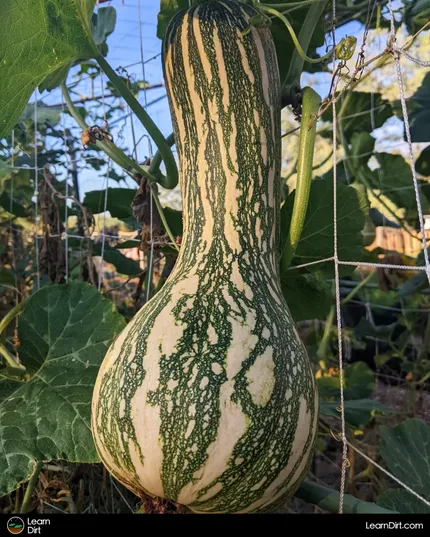
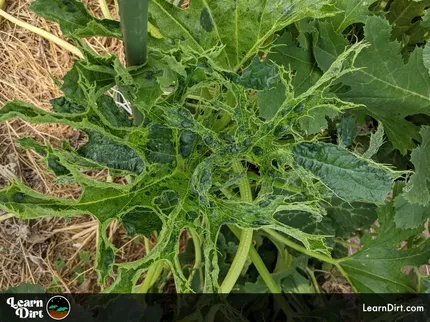



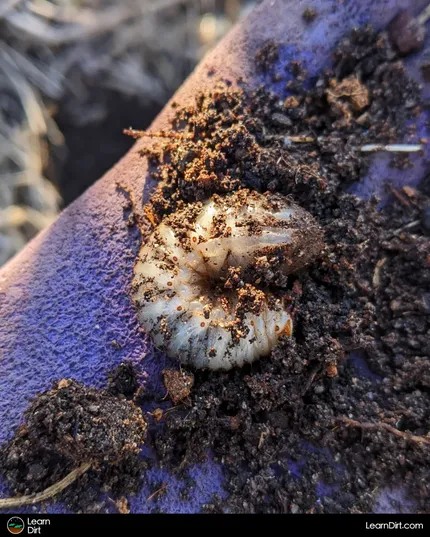
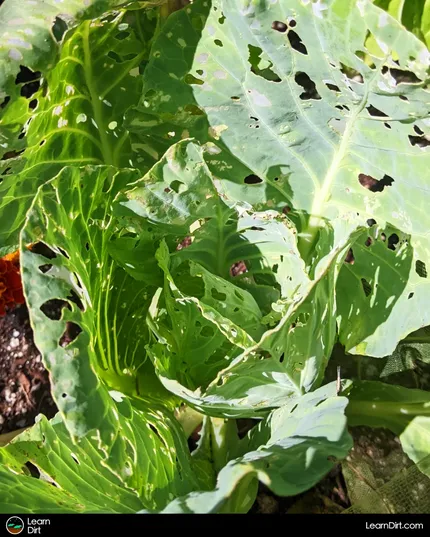
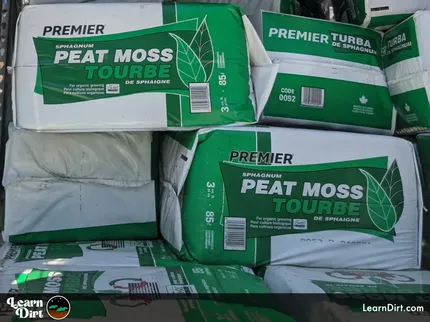
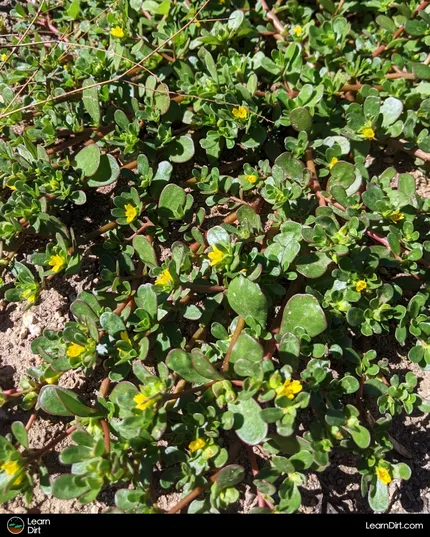

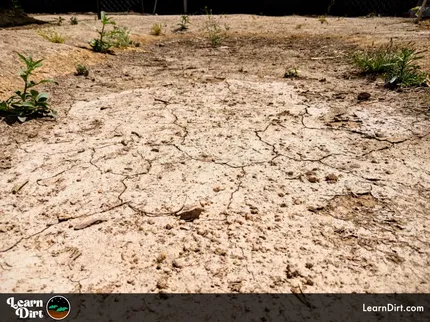
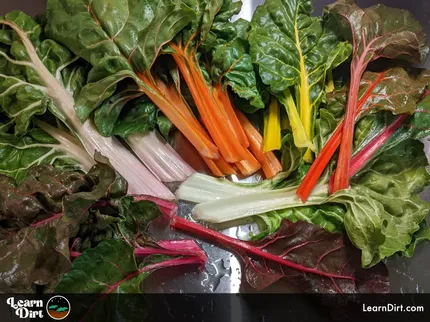
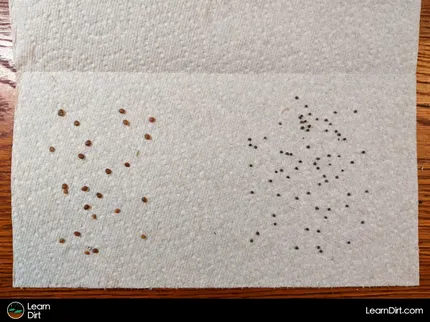


![Black Dirt Live Again [Purple] Sticker](/media/product_images/black-dirt-live-again-[purple]_sticker_260x260.png)

![Black Dirt Live Again [Green] Sticker](/media/product_images/black-dirt-live-again-[green]_sticker_260x260.png)

